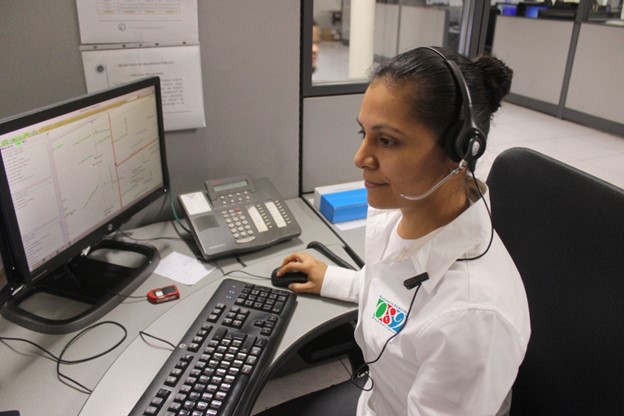Non-Lethal Equalizer Solutions
free shipping on orders over $25
We’re having a 15% off sale on all our products. Enter your email below to be notified about future sales.

By: Aye Lincoln – Non-Lethal Equaizer Solutions

Modernizing 911 Calls should integrate with videos. In today’s digital age, where technology permeates every aspect of our lives, it’s surprising that emergency services, particularly 911, still primarily rely on traditional telephone calls for reporting emergencies.
While the telephone has long been the cornerstone of emergency communication, the integration of video capabilities into 911 calls has the potential to revolutionize emergency response systems, providing critical visual information to dispatchers and first responders. This article delves into the benefits of incorporating video into 911 emergency calls and explores why it’s time to embrace this essential upgrade.

The Limitations of Traditional 911 Calls:
Traditional 911 calls have been the backbone of emergency communication for decades, offering vital audio information to dispatchers to assess situations and dispatch appropriate assistance. However, relying solely on verbal descriptions has inherent limitations. Callers may struggle to convey details accurately, particularly in high-stress situations where panic or confusion may impede clear communication. Additionally, language barriers, disabilities, or injuries can further hinder effective communication, potentially leading to delays or misunderstandings in emergency response.
Unlocking the Power of Visual Information:
Integrating video capabilities into 911 calls would unlock a wealth of visual information that could significantly enhance emergency response efforts. Imagine a scenario where a witness to a car accident could provide live video footage of the scene, allowing dispatchers to assess the severity of the situation and allocate resources accordingly. Similarly, in medical emergencies, video calls could enable dispatchers to observe the patient’s condition firsthand, providing valuable insights for paramedics en route.
Real-Time Situational Awareness:
One of the most significant advantages of video integration is the ability to provide first responders with real-time situational awareness. Live video feeds from callers could offer critical insights into the nature and scope of emergencies, allowing responders to make more informed decisions upon arrival. For instance, in incidents involving fires or hazardous materials, video footage could help firefighters assess the extent of the danger before entering the premises, enhancing both safety and efficiency.
Accessibility and Inclusivity: Beyond its practical benefits, video integration would improve accessibility and inclusivity for individuals with disabilities or those facing language barriers. Visual information transcends linguistic boundaries, allowing dispatchers to better understand and respond to callers from diverse backgrounds. Moreover, individuals with speech or hearing impairments could benefit from alternative means of communication through video calls, ensuring equitable access to emergency services.
Overcoming Challenges: While the potential benefits of video integration are undeniable, implementing such a system poses technical, logistical, and privacy challenges. Issues such as bandwidth constraints, data security, and privacy concerns must be carefully addressed to ensure the integrity and reliability of the system. Additionally, proper training for dispatchers and first responders is essential to effectively interpret and utilize video information during emergency situations.
In conclusion, it is evident that modernizing 911 calls is imperative. In an era defined by technological innovation, emergency response systems must evolve to meet the demands of modern society.The integration of video capabilities into 911 calls has the potential to revolutionize emergency communication, providing invaluable visual information that enhances situational awareness and improves response times. While challenges exist, the benefits of video integration far outweigh the obstacles, paving the way for safer, more efficient emergency response efforts. It’s time to embrace the power of video and ensure that every second counts in emergencies